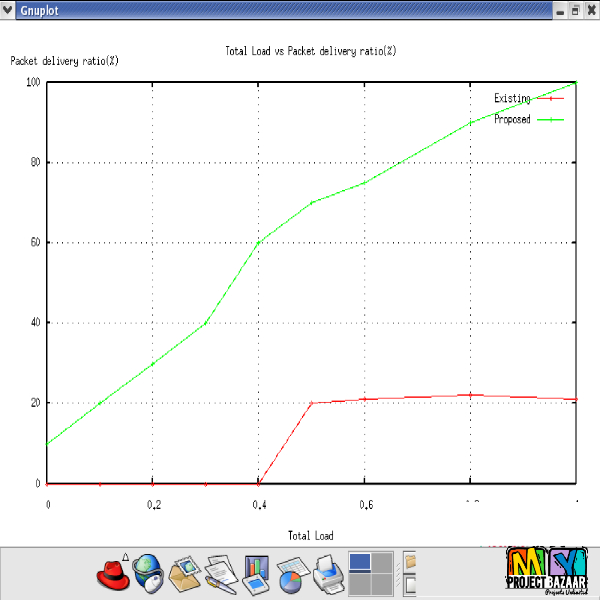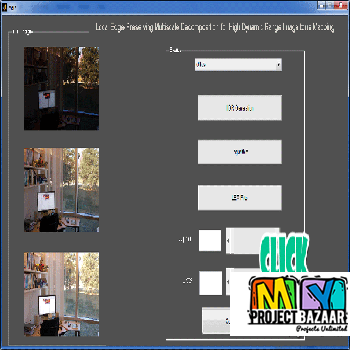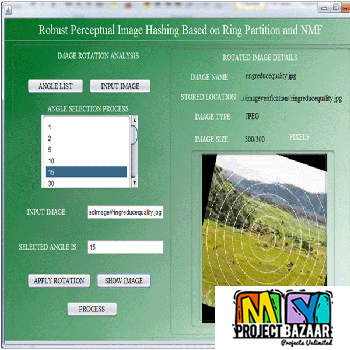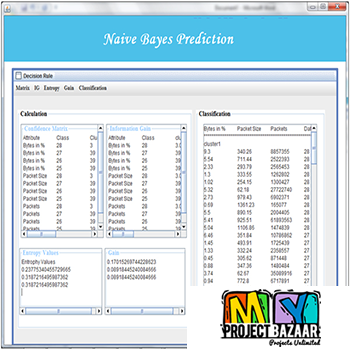
An Enhanced K-Means and ANOVA-Based Clustering Approach for Similarity Aggregation in Underwater Wireless Sensor Networks
Product Description
An Enhanced K-Means and ANOVA-Based Clustering Approach for Similarity Aggregation in Underwater Wireless Sensor Networks
Abstract— Underwater wireless sensor networks (UWSNs) have recently been proposed as a way to observe and explore aquatic environments. Sensors in such networks are used to perform pollution monitoring, disaster prevention, or assisted navigation and to send monitored data to the sink. Compared with the traditional sensor networks, sensors in UWSNs consume more energy due to the acoustic technology used in underwater communications. Node clustering is a common method to organize data traffic and reduce in-network communications while improving scalability and energy consumption. We present a new clustering method to handle the spatial similarity between node readings. We suppose that readings are sent periodically from sensor nodes to their appropriate cluster heads CHs.< Final Year Projects 2016 > Then, a two-tier data aggregation technique is proposed. At the first level, each node periodically cleans its readings in order to eliminate redundancies before sending its data set to its CH.
Including Packages
Our Specialization
Support Service
Statistical Report

satisfied customers
3,589
Freelance projects
983
sales on Site
11,021
developers
175+Would you like to submit yours?


















There are no reviews yet